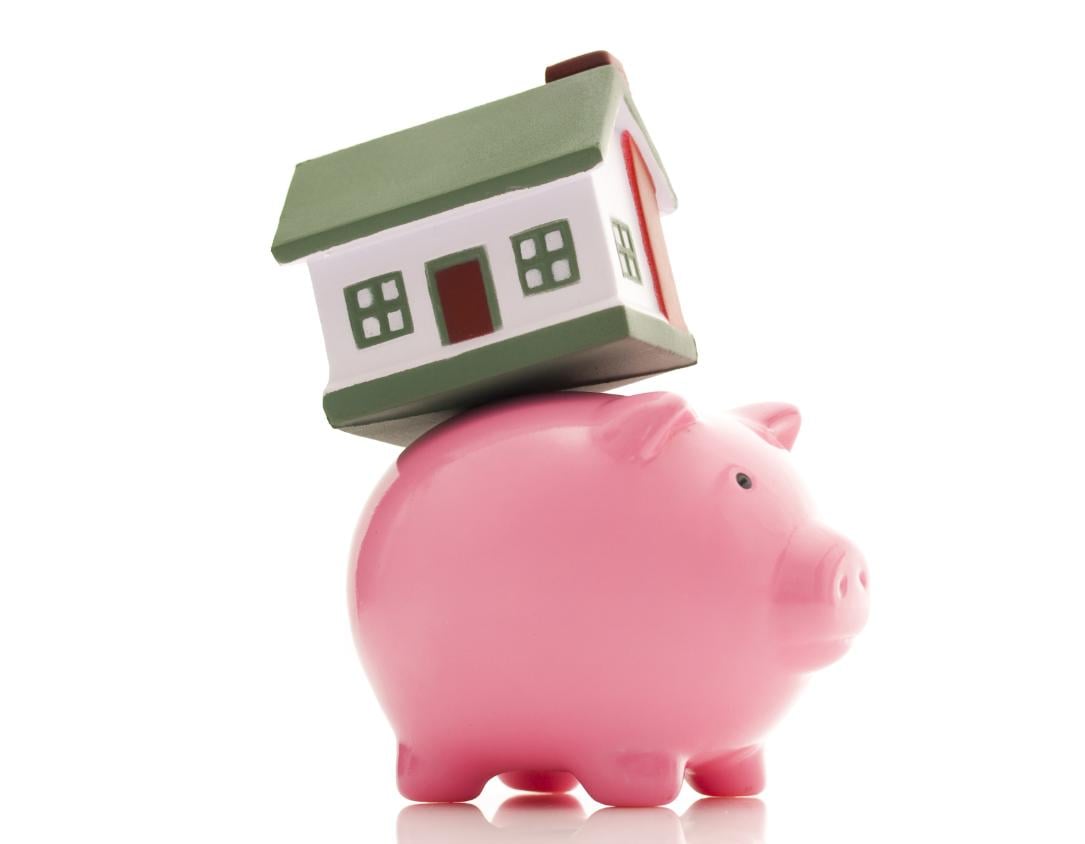What Makes Up A Mortgage Payment?

If you are in the market for a new home, chances are you are busily gathering documents for your mortgage loan application. Your lender will calculate your down payment and monthly payments based on the financial information you provide, from credit history to current employment. You may wonder what is included in the mortgage payment. Mortgage payments include principal, interest, taxes, and insurance (PITI).
The Components of PITI
Lenders try to minimize the risk of default when calculating the total mortgage payment. For example, a multiple of the PITI payment may be used to determine the amount of your required reserve assets. If your income is temporarily disrupted, the assets could be used to cover your PITI payment for two or three months. In addition, lenders will try to ensure that your mortgage payment is a reasonable percentage of your monthly income, not an unbalanced ratio. Let’s discuss further the four components of PITI:
1) Principal: The principal of any loan or mortgage is the balance owed. If you purchase a $500,000 home with a $50,000 down payment paid in cash, for example, your remaining principal would be $450,000.
2) Interest: Although a portion of your mortgage payment will go toward reducing the principal owed, in a conventional mortgage, most of the monthly payment in the early years of the loan will go toward interest. This is the fee you pay for borrowing the loan amount, calculated as a fixed rate or variable rate.
There are also less traditional loan types. A couple examples are below:
In a conventional mortgage, you pay enough each month to cover some interest and some principal. In a negative amortization loan, you don’t even pay enough to cover all the interest. Therefore, the interest you didn’t pay is added to the loan balance. The French word amortization means "to kill" so to negatively amortize means you increase its life - the principal amount owed increases! One seller in Virginia borrowed only $700,000 on his house but through negative amortization owed over $900,000 when I sold it. His mortgage was a choke on his well-being!
In an interest-only mortgage, the borrower is only required to pay off the interest that arises from the principal that is borrowed. An interest-only loan is one that neither grows nor shrinks unless the borrower pays down the principal out of self-discipline. Interest-only loans do not last indefinitely, meaning that at the end of the loan, the borrower will need to pay off the principal, renew the interest-only mortgage or enter into a conventional mortgage where, in addition, to the interest, part of the principal is paid off each month.
Many homeowners choose to refinance their mortgage when offered a lower interest rate. Typically the rate should be at least 3/8's of a percent lower then what you have currently to make the time and effort of applying for a new interest rate worth it. Since interest rates are typically determined based on credit scores and history, you may want to consider refinancing if you know that your credit score has improved.
3) Taxes: Some homebuyers do not realize that their mortgage payment will include property taxes in addition to the loan repayment and interest. If you made a very large down payment, such as 20% of the purchase price, you might be eligible to pay your property taxes on your own and separate from the mortgage payment. However, most lenders will pay taxes on your behalf as part of the mortgage payment. Keep in mind that the tax portion of the PITI payment may increase if local property taxes increase.
4) Insurance: This can refer to a few different types of insurance. The first is homeowner’s insurance, which you are required to have in order to secure a mortgage. Most homeowner insurance policies are designed to protect the homeowner against financial loss in case the home is damaged or a theft occurs. There is also separate flood and earthquake insurance if you buy a home in an area prone to that type of natural disaster.
Last, if you put less than 20% of the home’s purchase price as a down payment, you may be required to pay mortgage insurance. This insurance helps protect lenders against financial loss if your loan goes into default. Most government loans require mortgage insurance throughout the repayment process, but many conventional loans will drop the requirement once your loan-to-value (LTV) ratio has decreased over time.
For more help handling the ins-and-outs of mortgages and home buying, contact the Eric Stewart Group. Our friendly and accessible agents and professional staff are experts in the residential real estate market. You can learn even more about buying and selling homes by listening to The Eric Stewart Show, which airs every Sunday morning at 7:00 am on WMAL AM 630 and 105.9 FM. Plus, archived shows are available here anytime. In addition, you can download our FREE Savvy Buyer Guide if you would like more tips and advice on the path to home ownership.
About Eric Stewart
Eric Stewart started his real estate career in 1987 and each year he and his group sell over 150 homes in DC, Maryland, and Virginia. The Eric Stewart Group has completed more than 3,000 real estate transactions, placing Eric in the top 1% of Realtors® in the nation. With a comprehensive approach to marketing and a knack for negotiation, the Eric Stewart Group has built a reputation of trust and tireless persistence throughout the area.
















